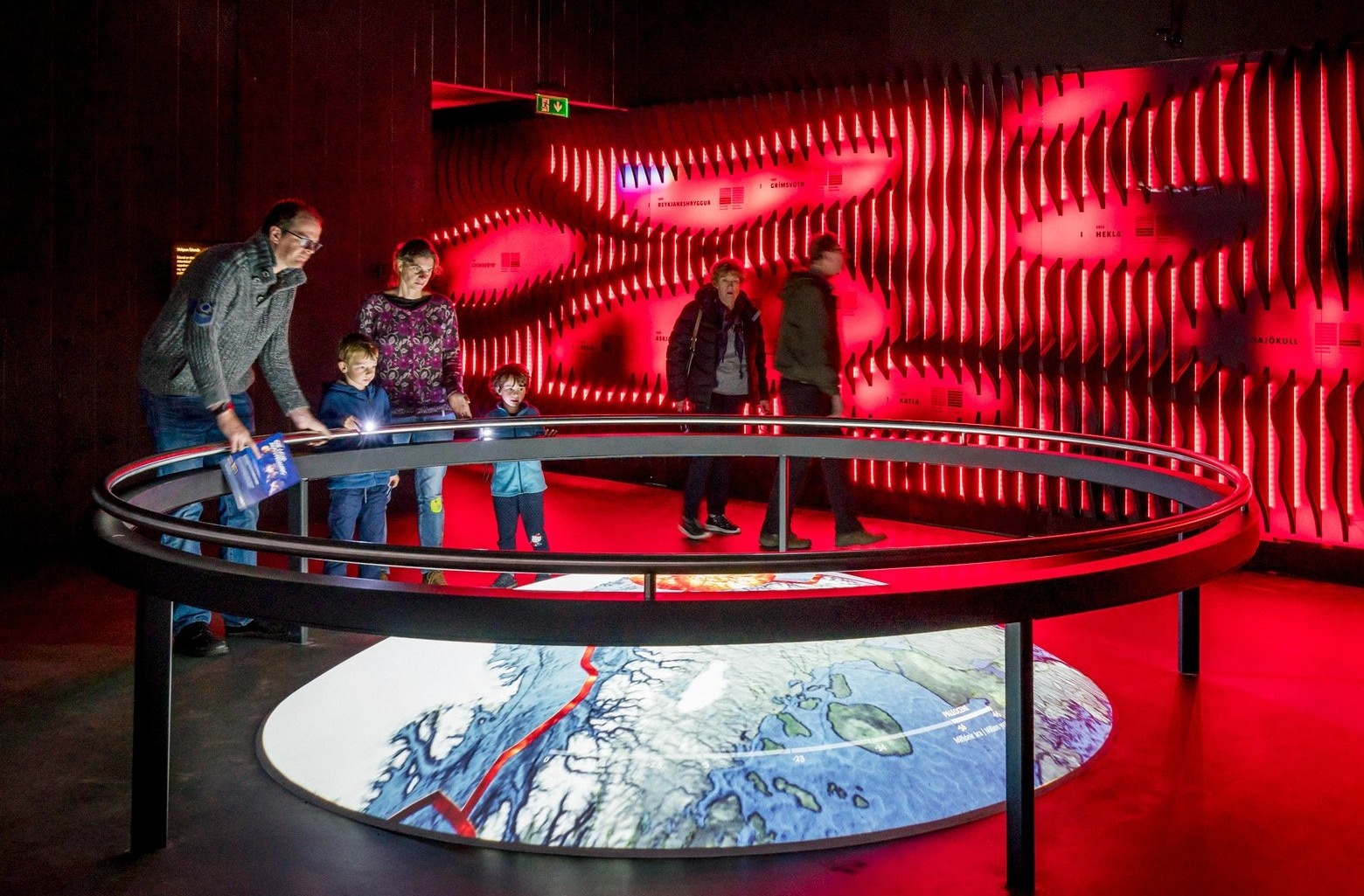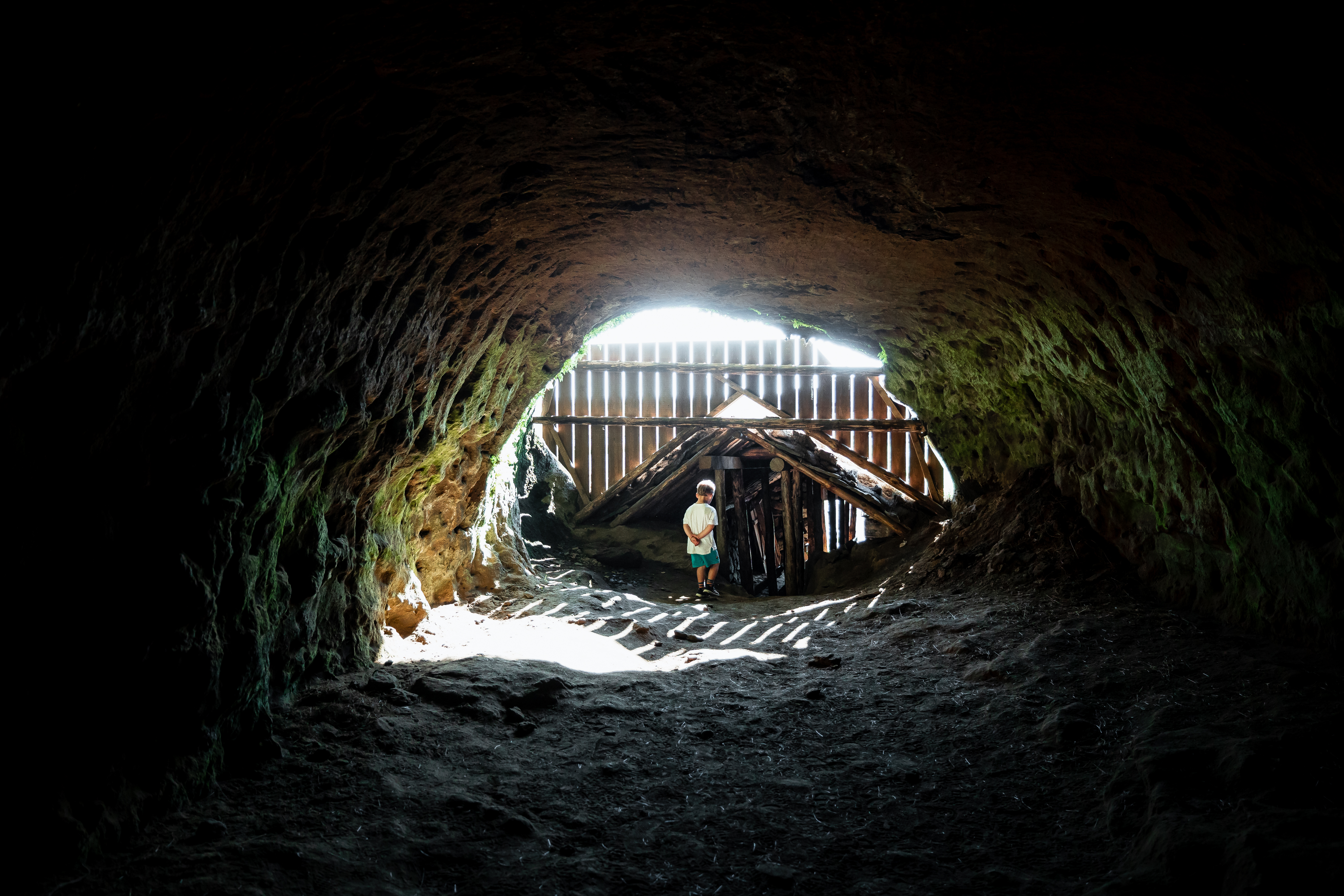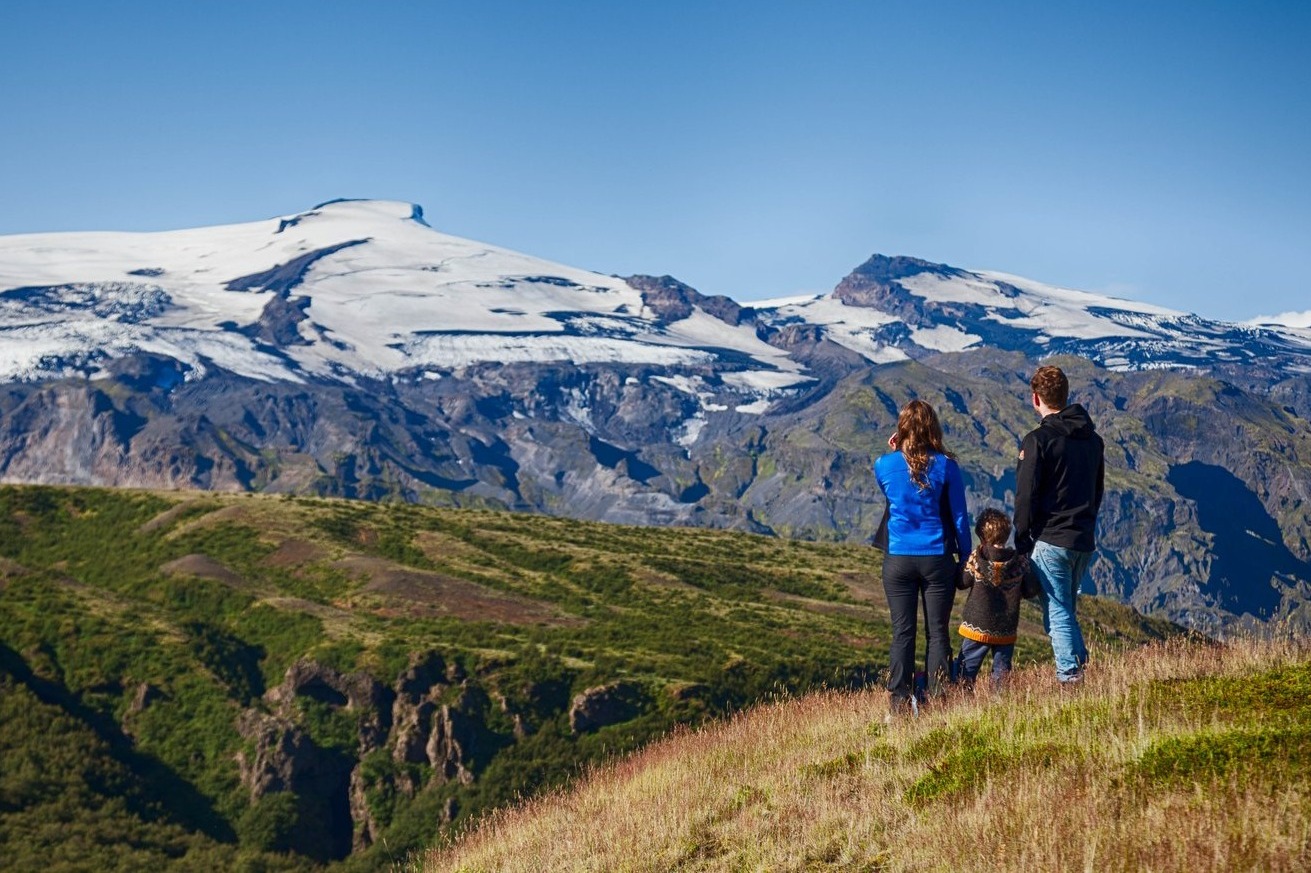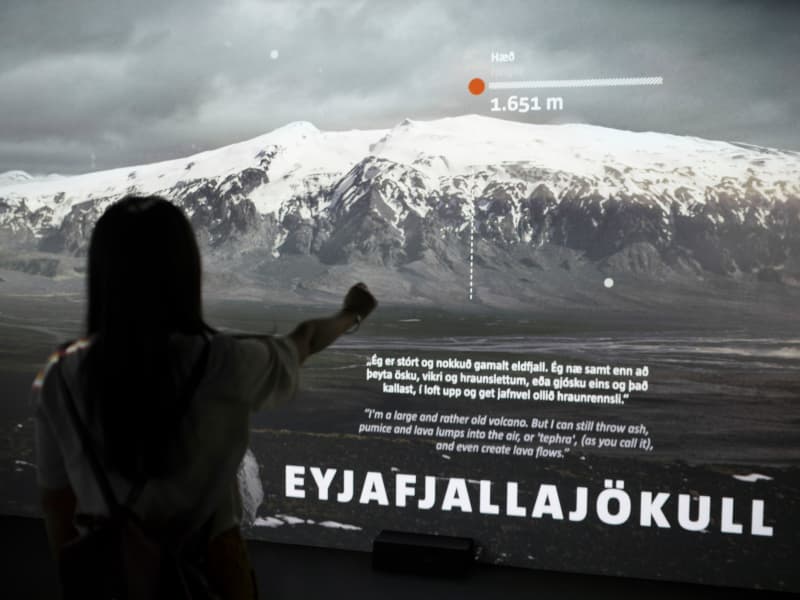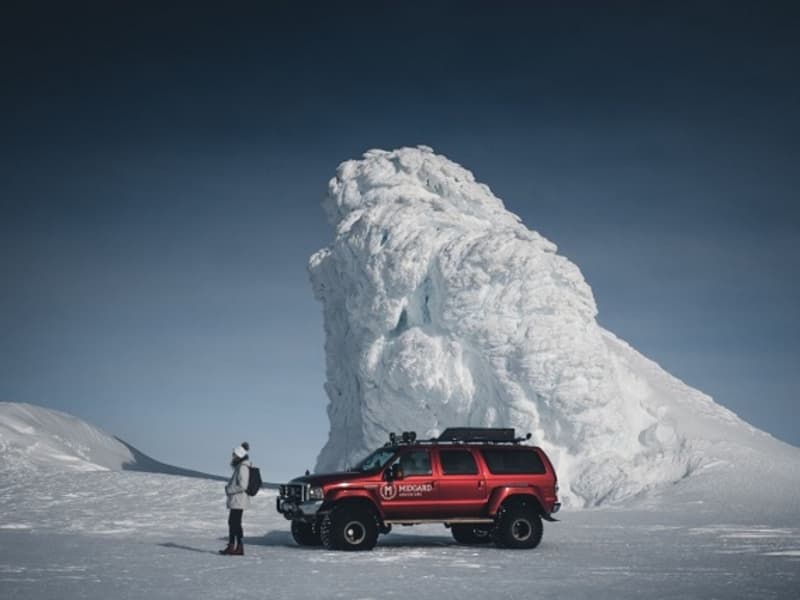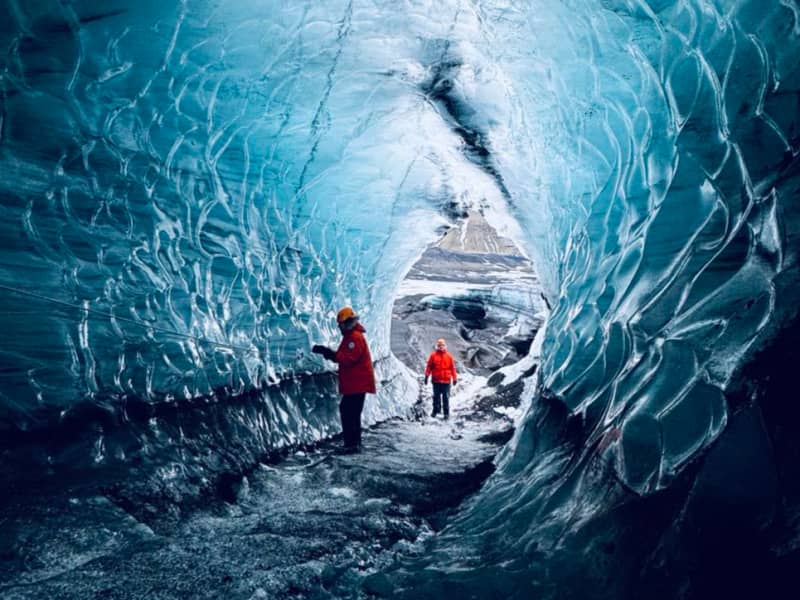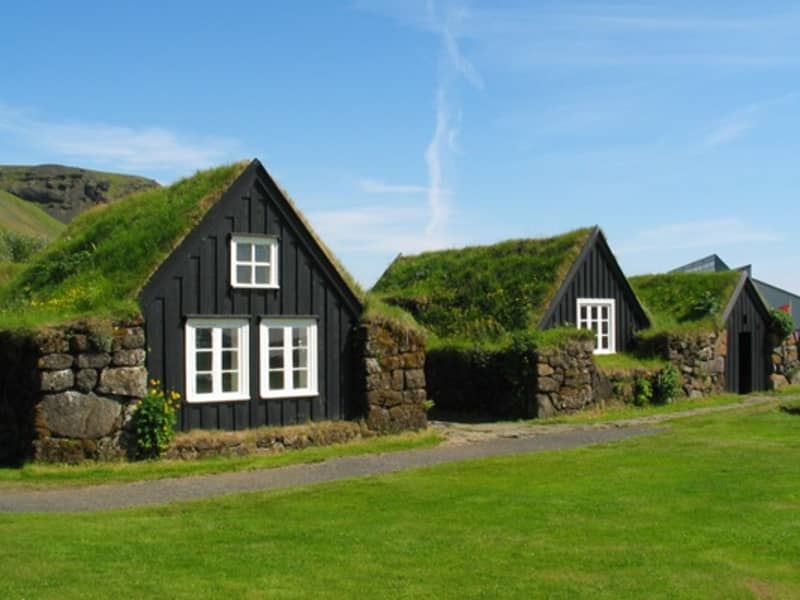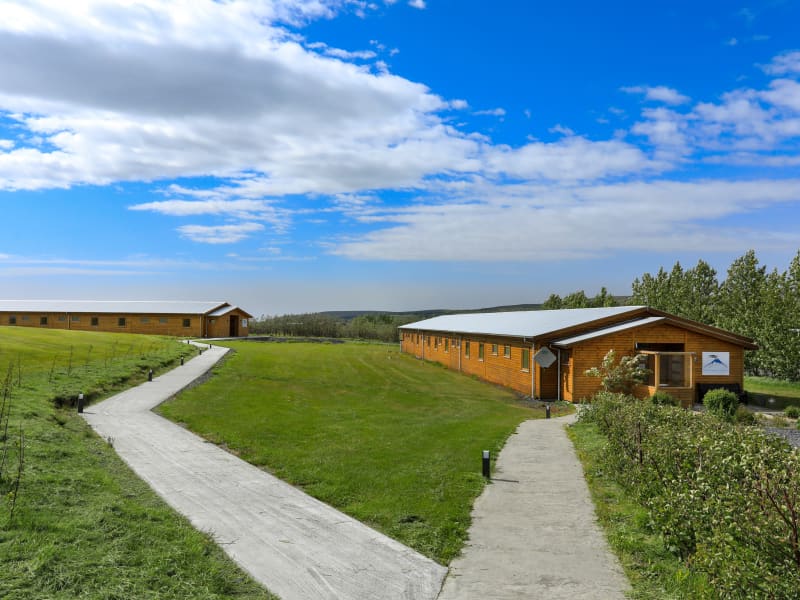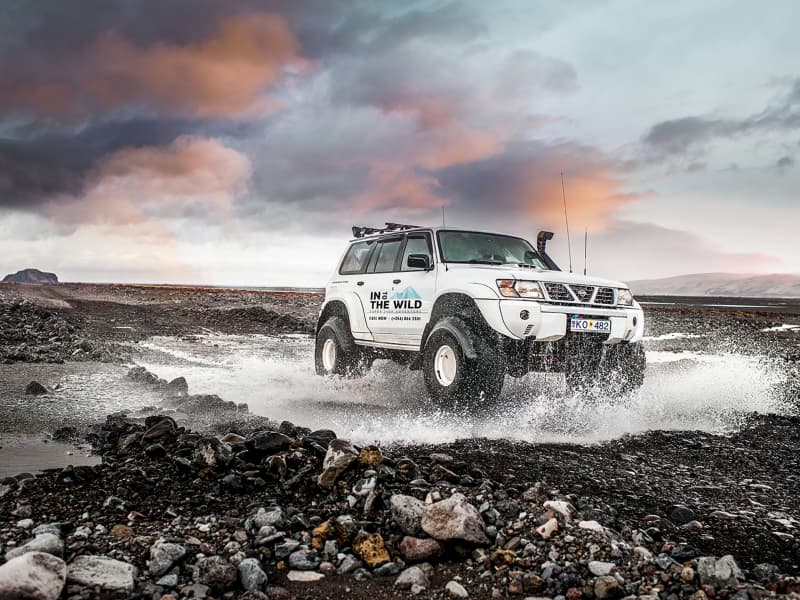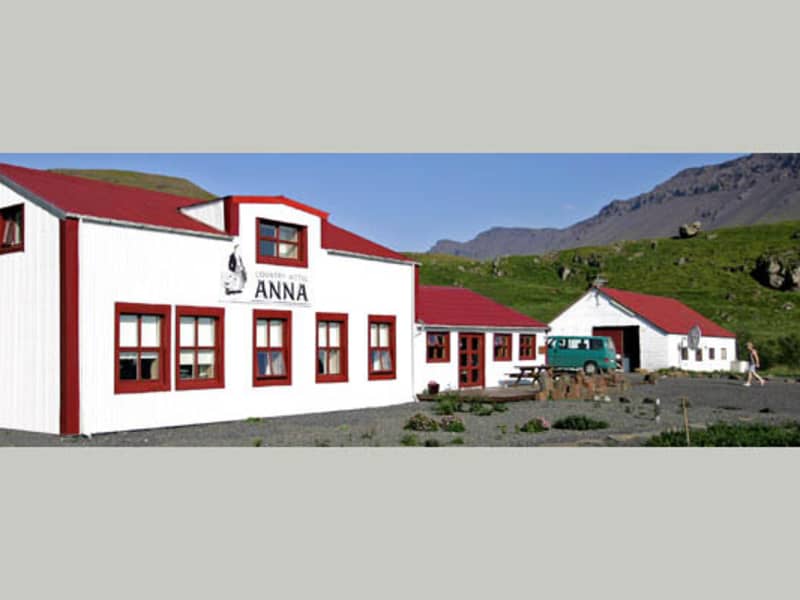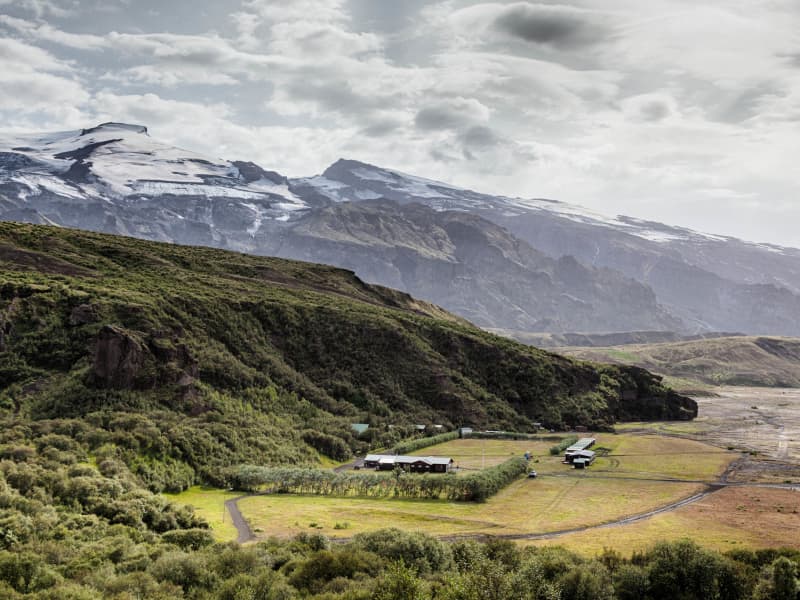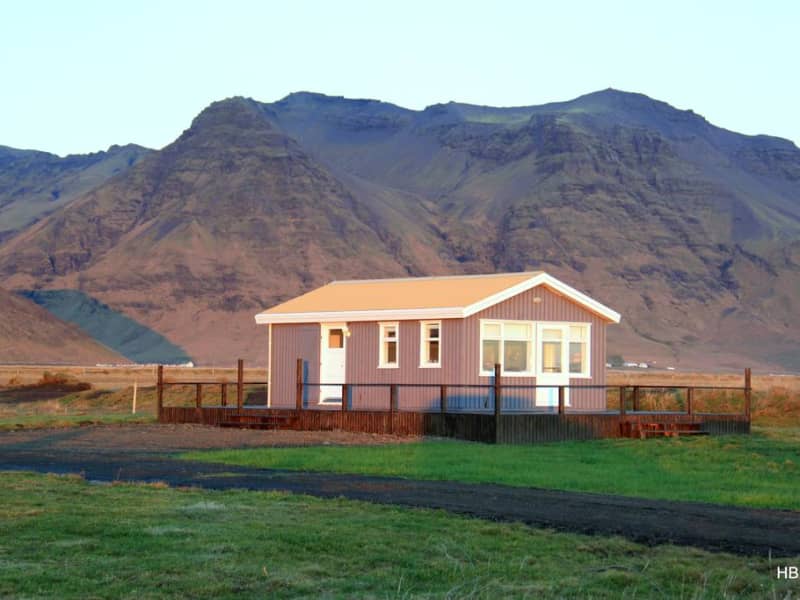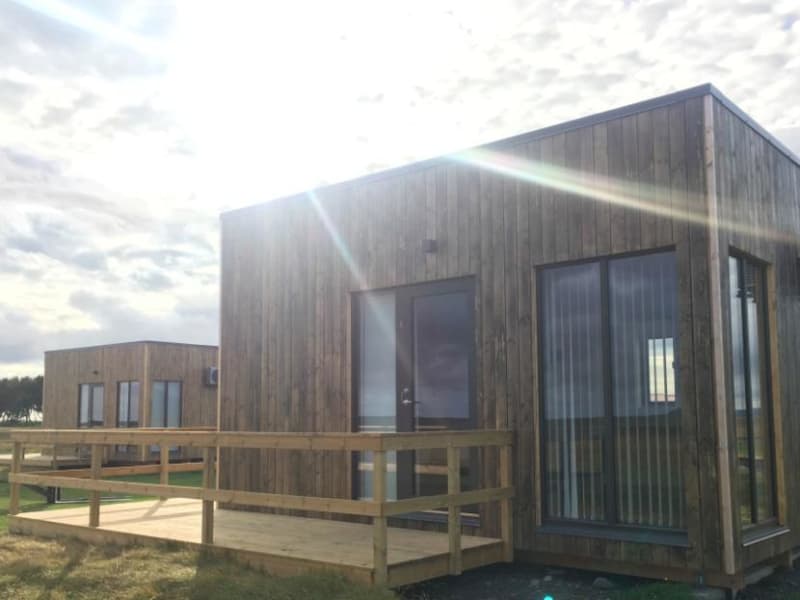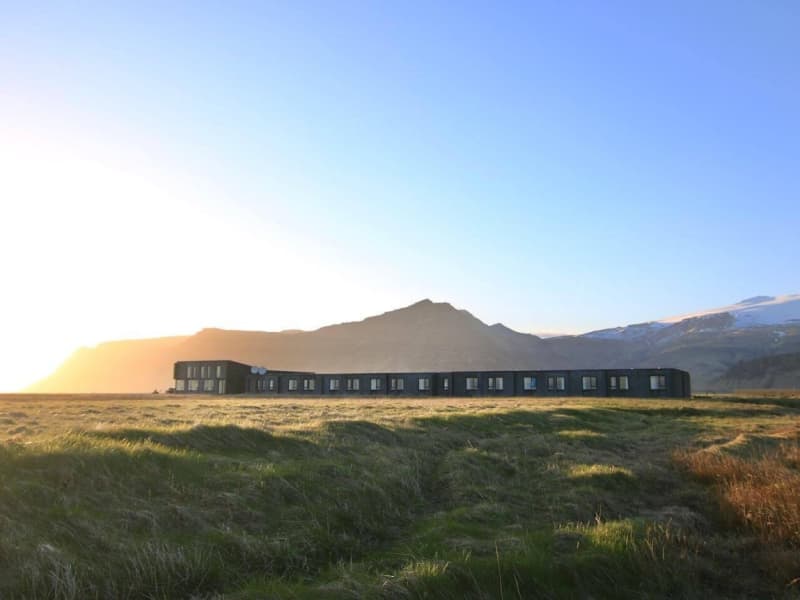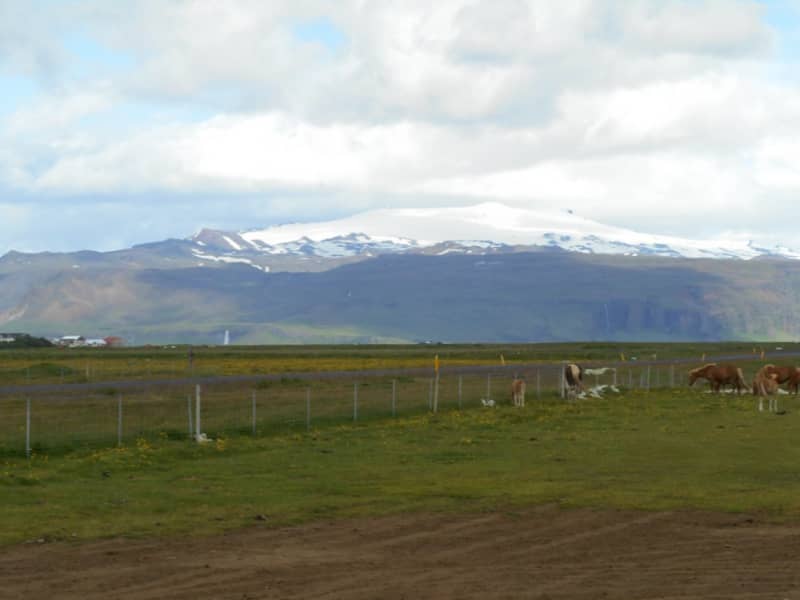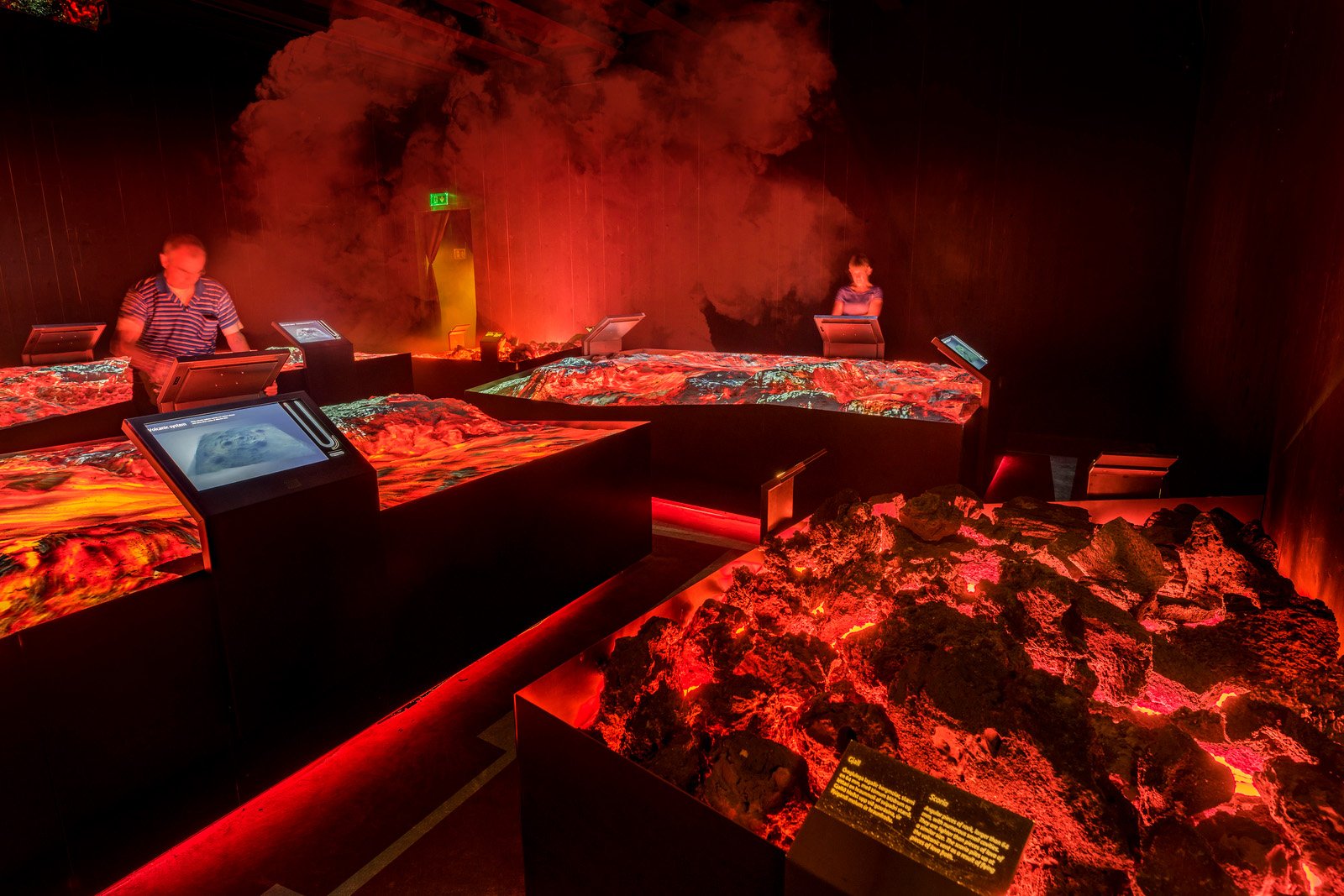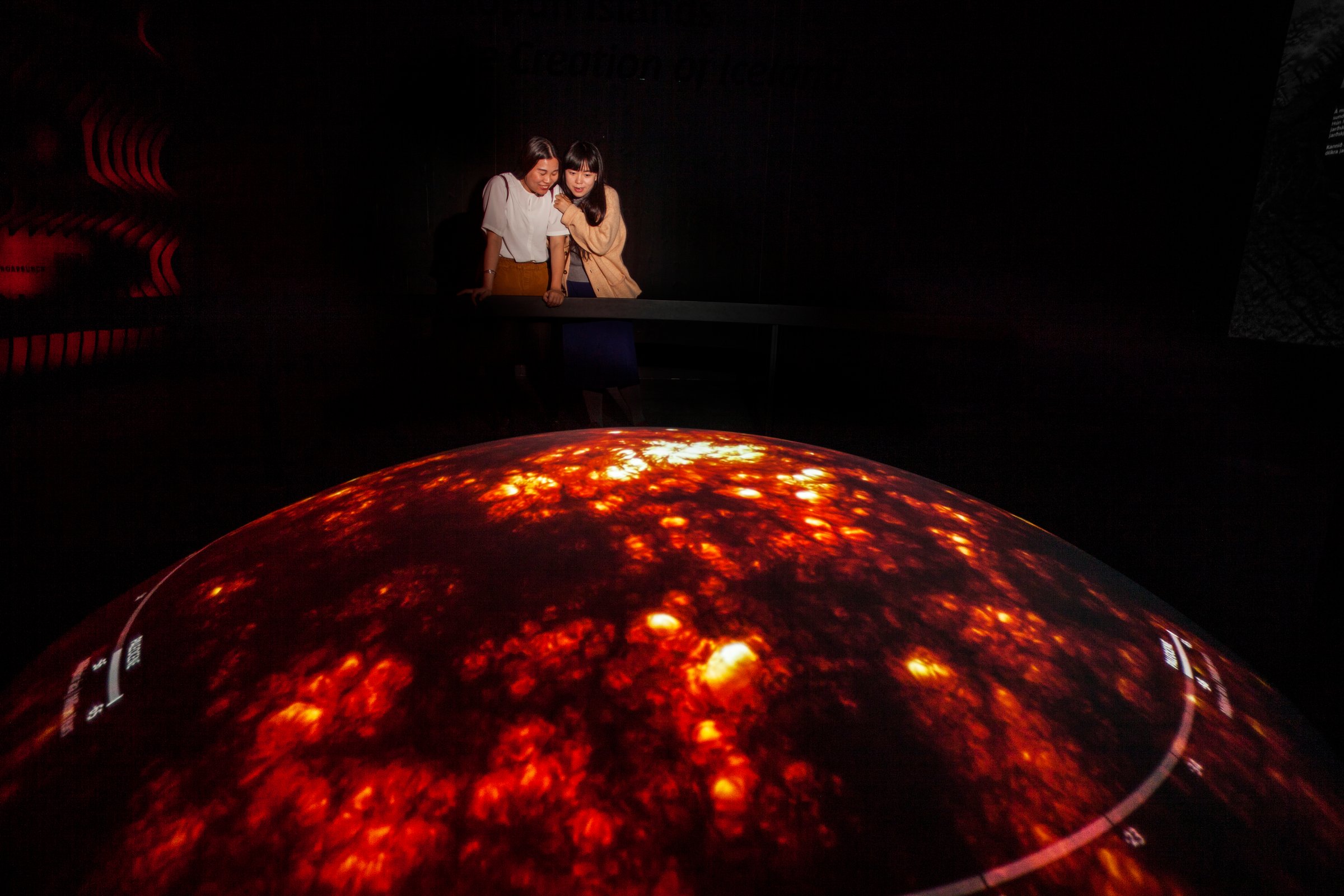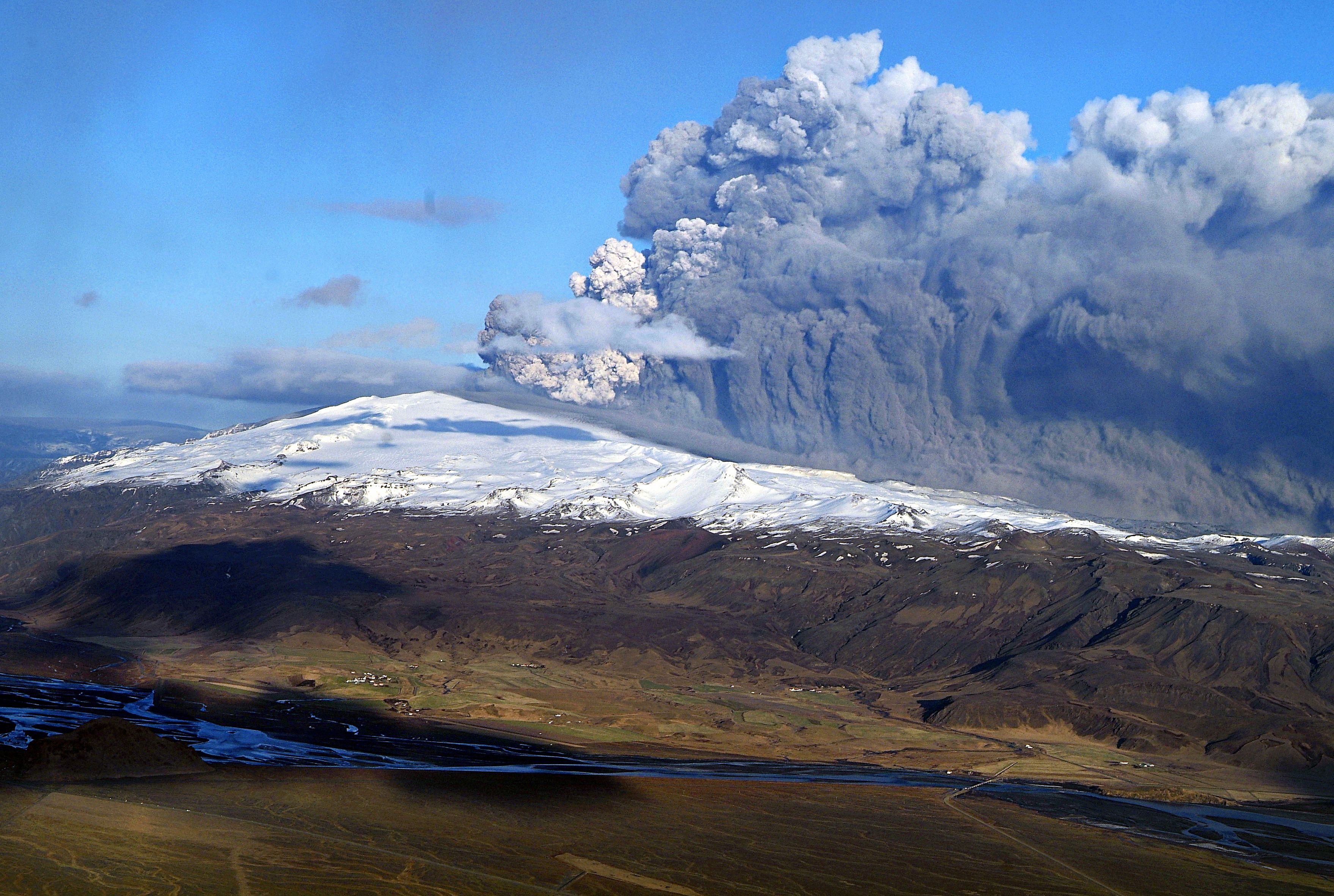Welcome to the vicinity of Eyjafjallajökull - stage four of The Volcanic Way
Eyjafjallajökull is an ice-capped volcano that famously erupted in 2010, its ash cloud affecting air traffic widely in Europe. Up close, the eruption caused flash floods and spewed ash over nearby farms and villages for over a month. However, this eruption had an immensely positive aftermath as it helped establish Iceland as a travel destination. Moreover, the ash turned out to be a good fertilizer for the farmland. The world-known waterfalls Seljalandsfoss and Skógafoss flow off the edges of the mountains below Eyjafjallajökull. Learn all you ever wanted to know about volcanoes at the Lava Centre in Hvolsvöllur or book a tour to Þórsmörk nature reserve for peaceful moments in unspoiled nature.
Learn and discover:
Locals recommend:
Popular places:
